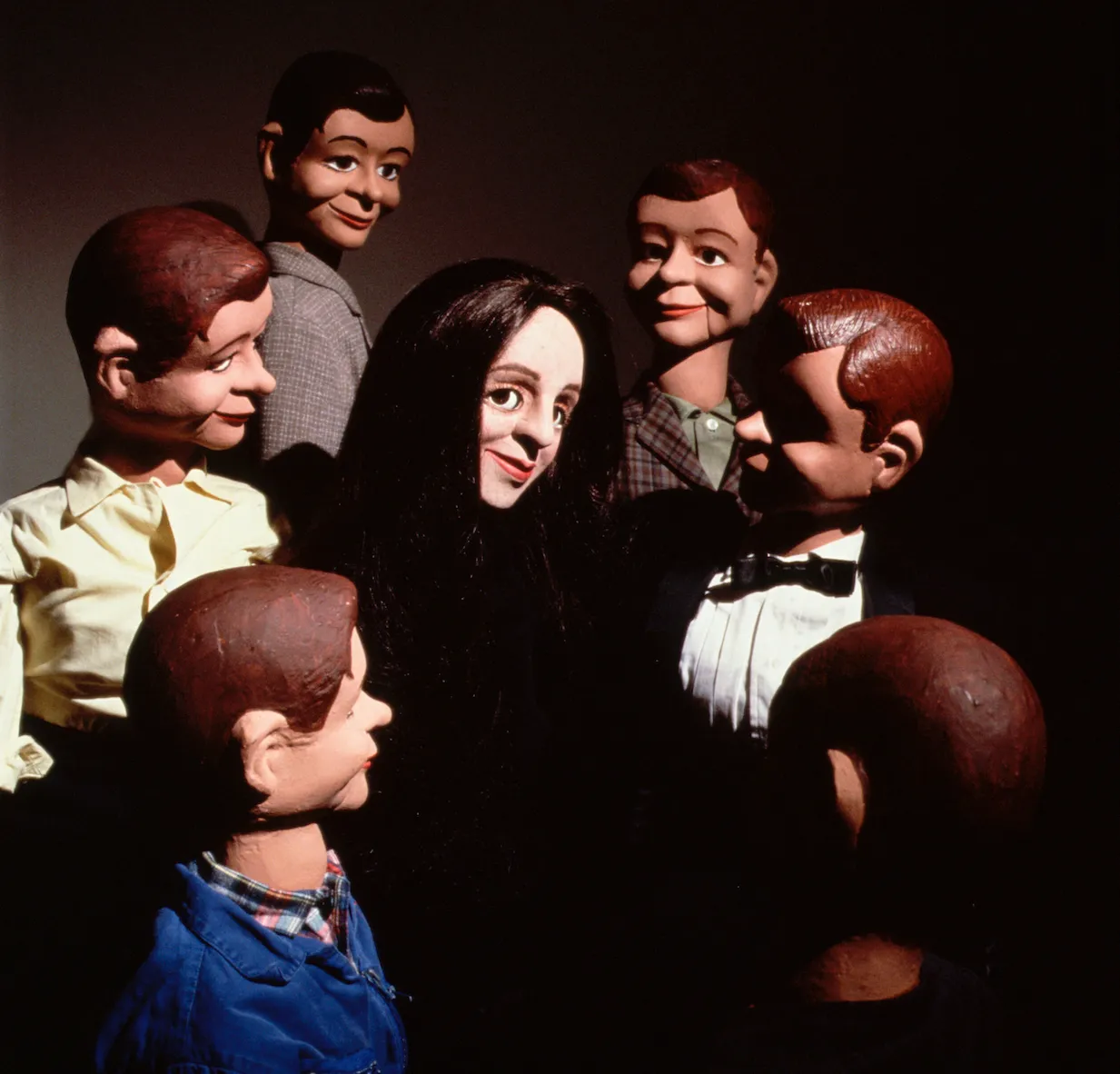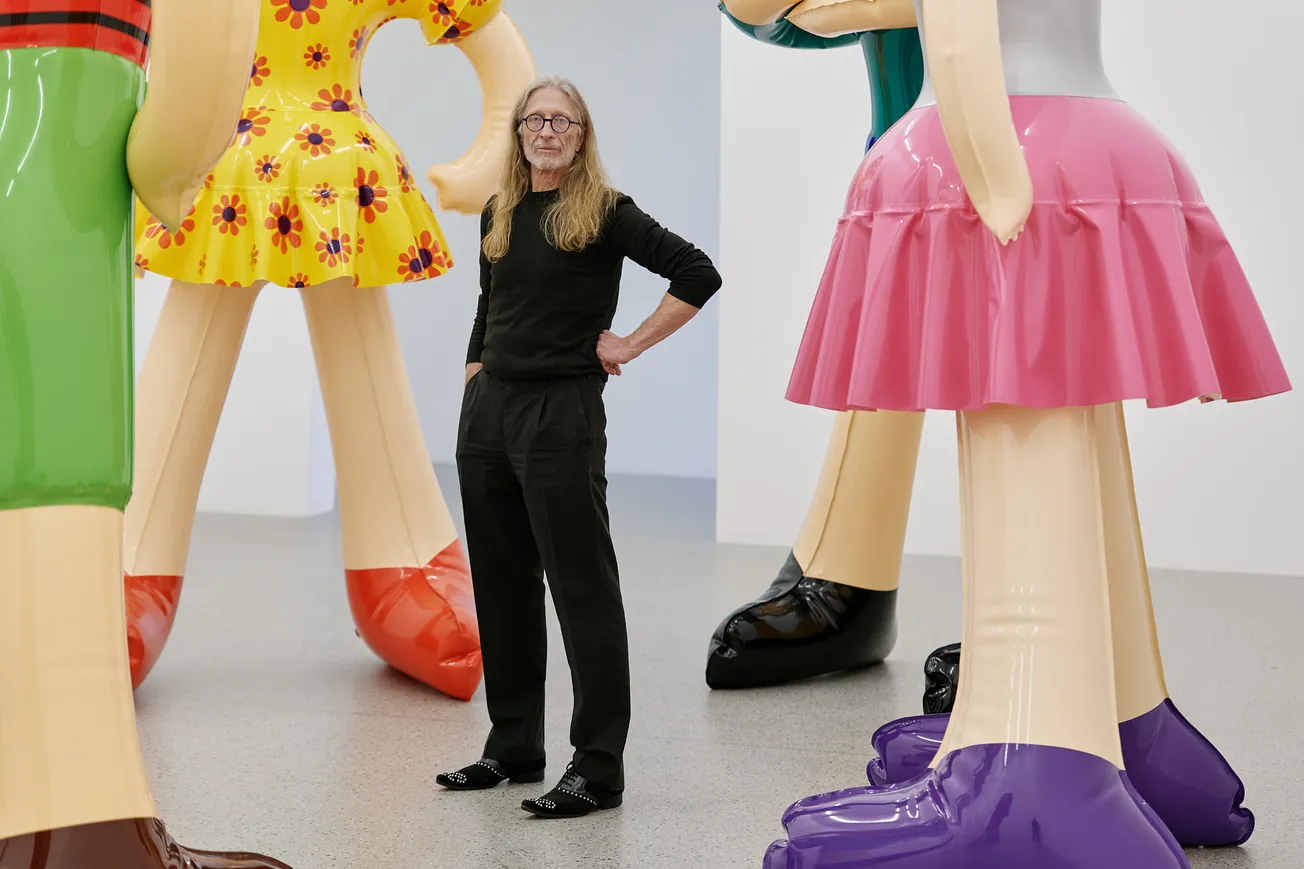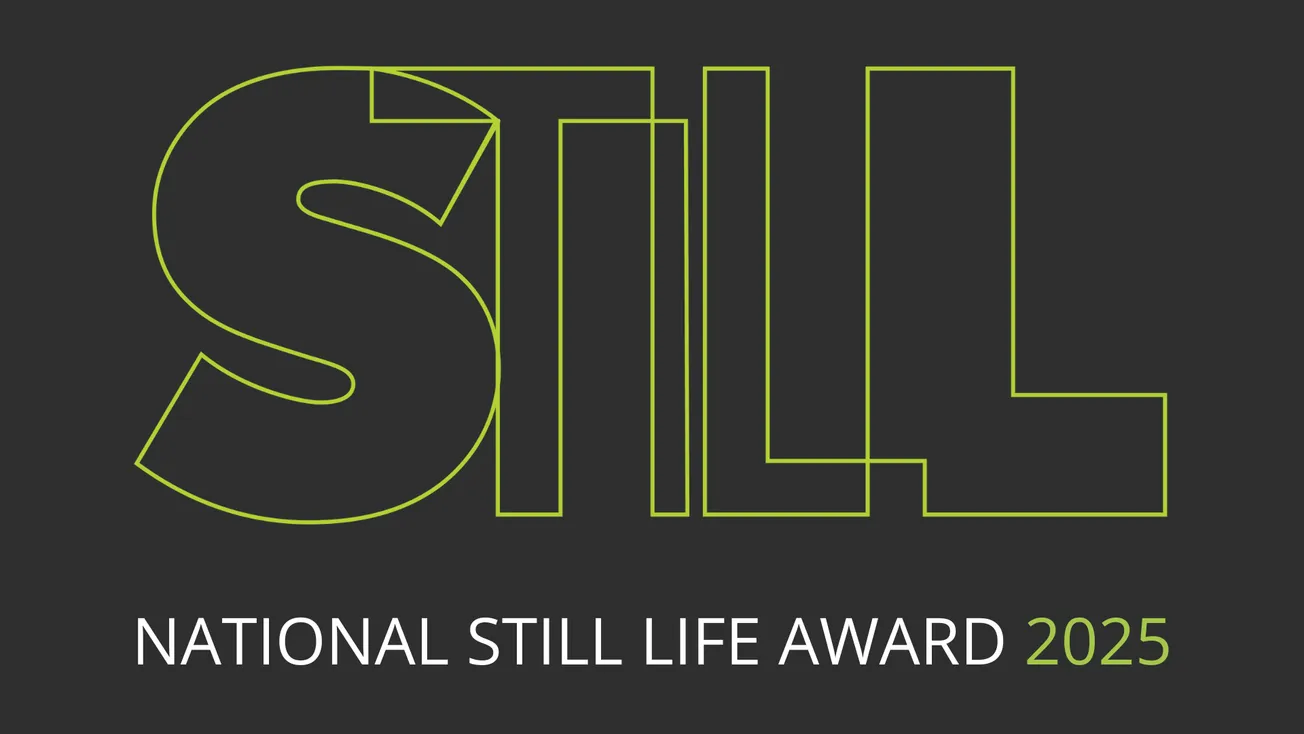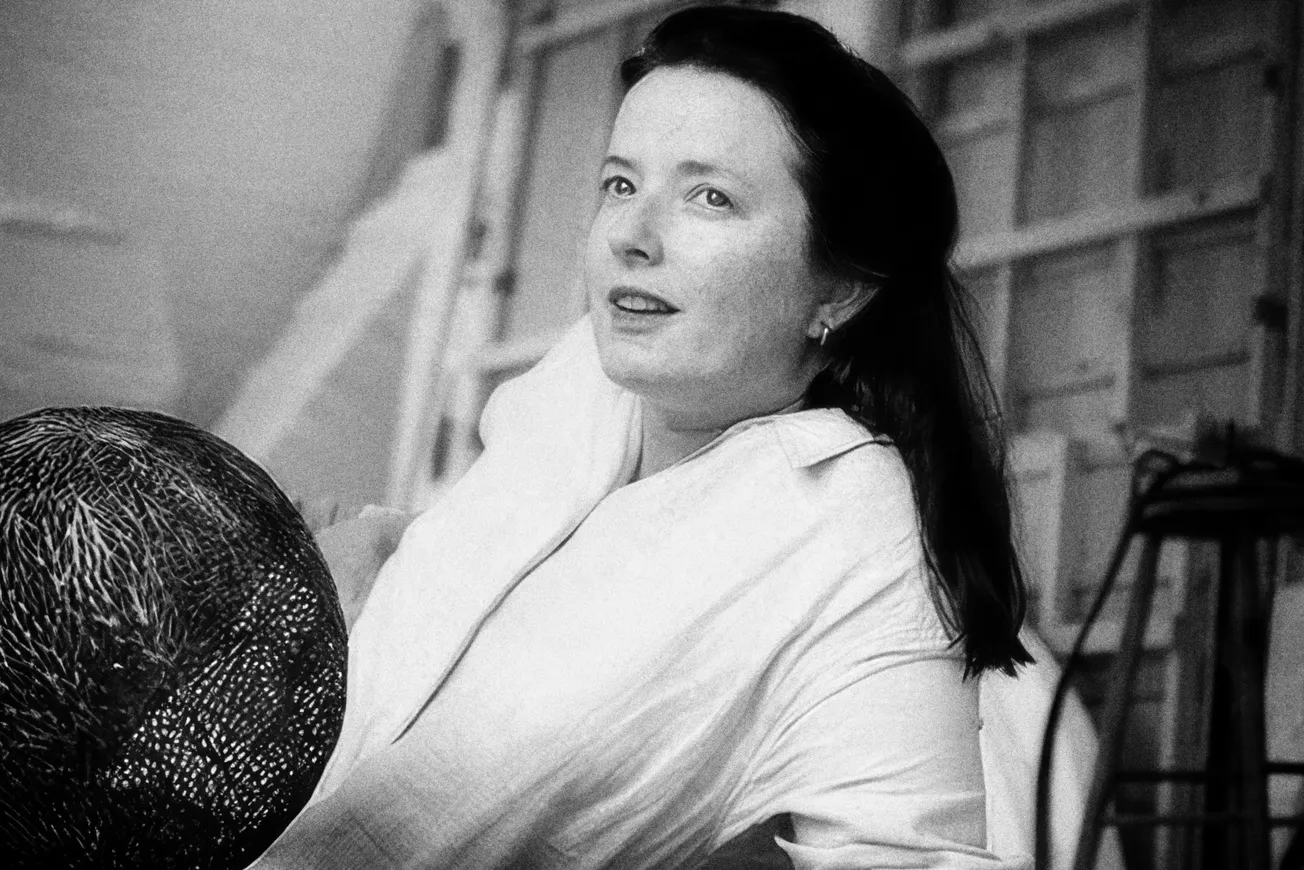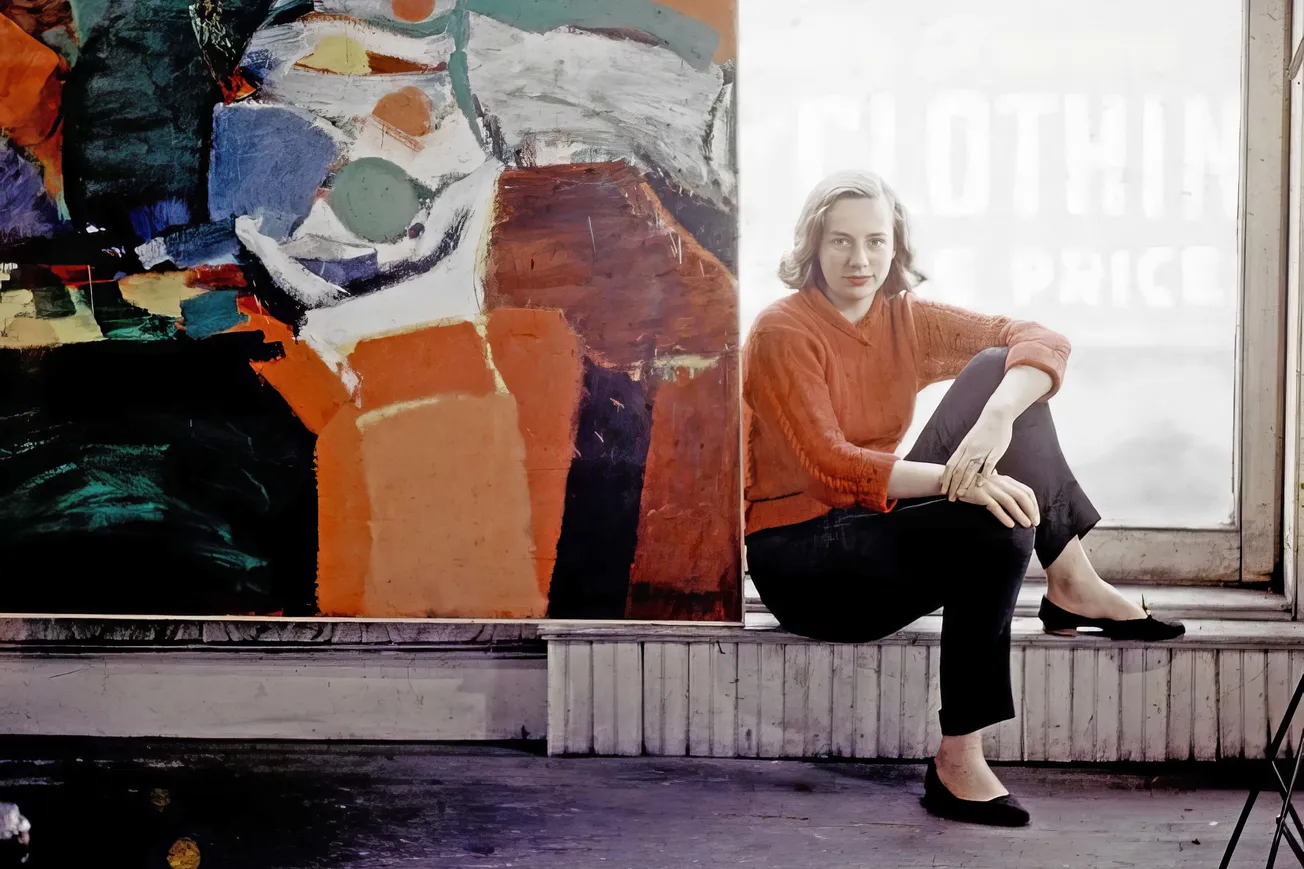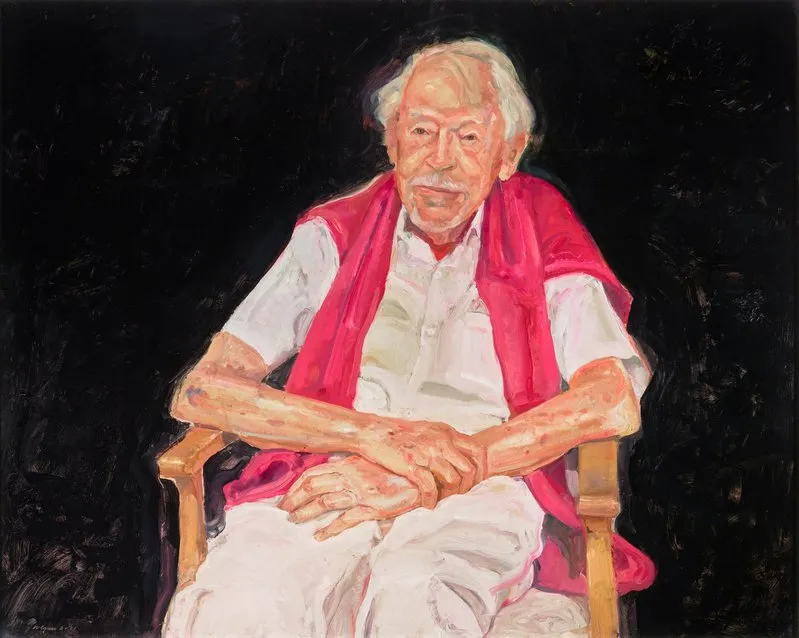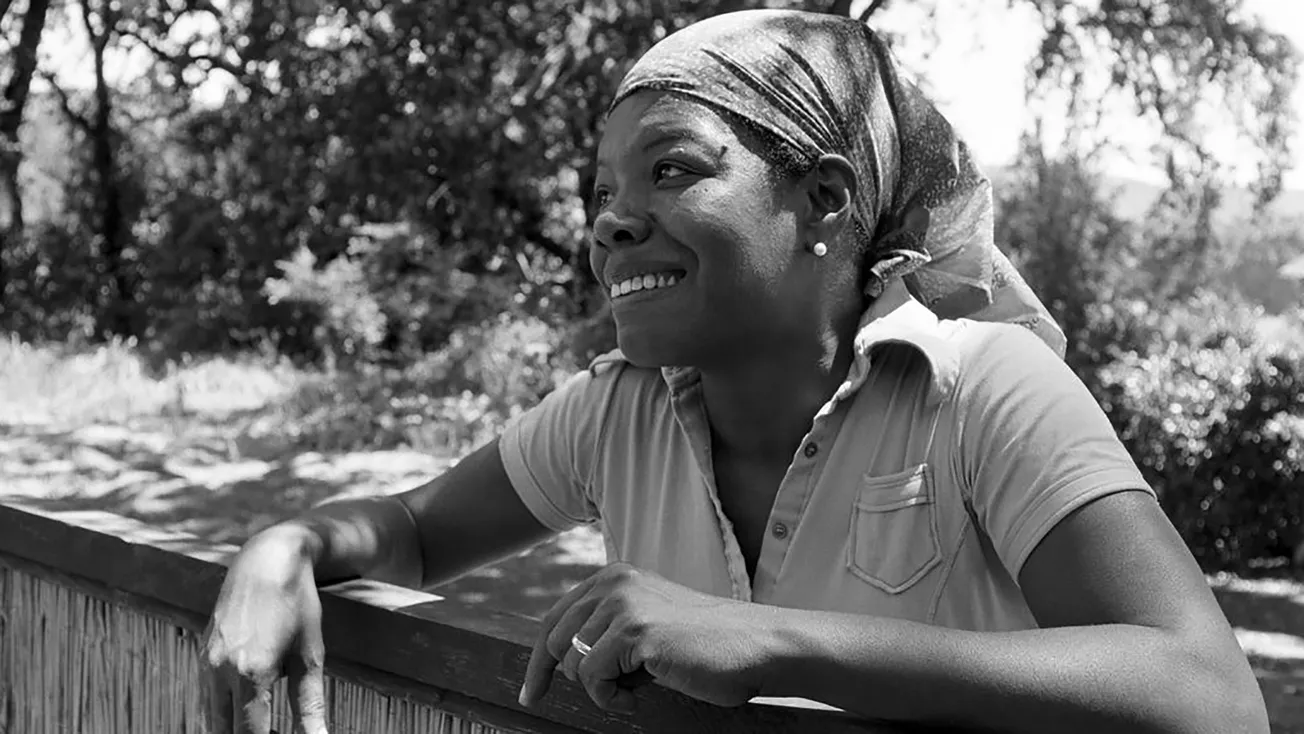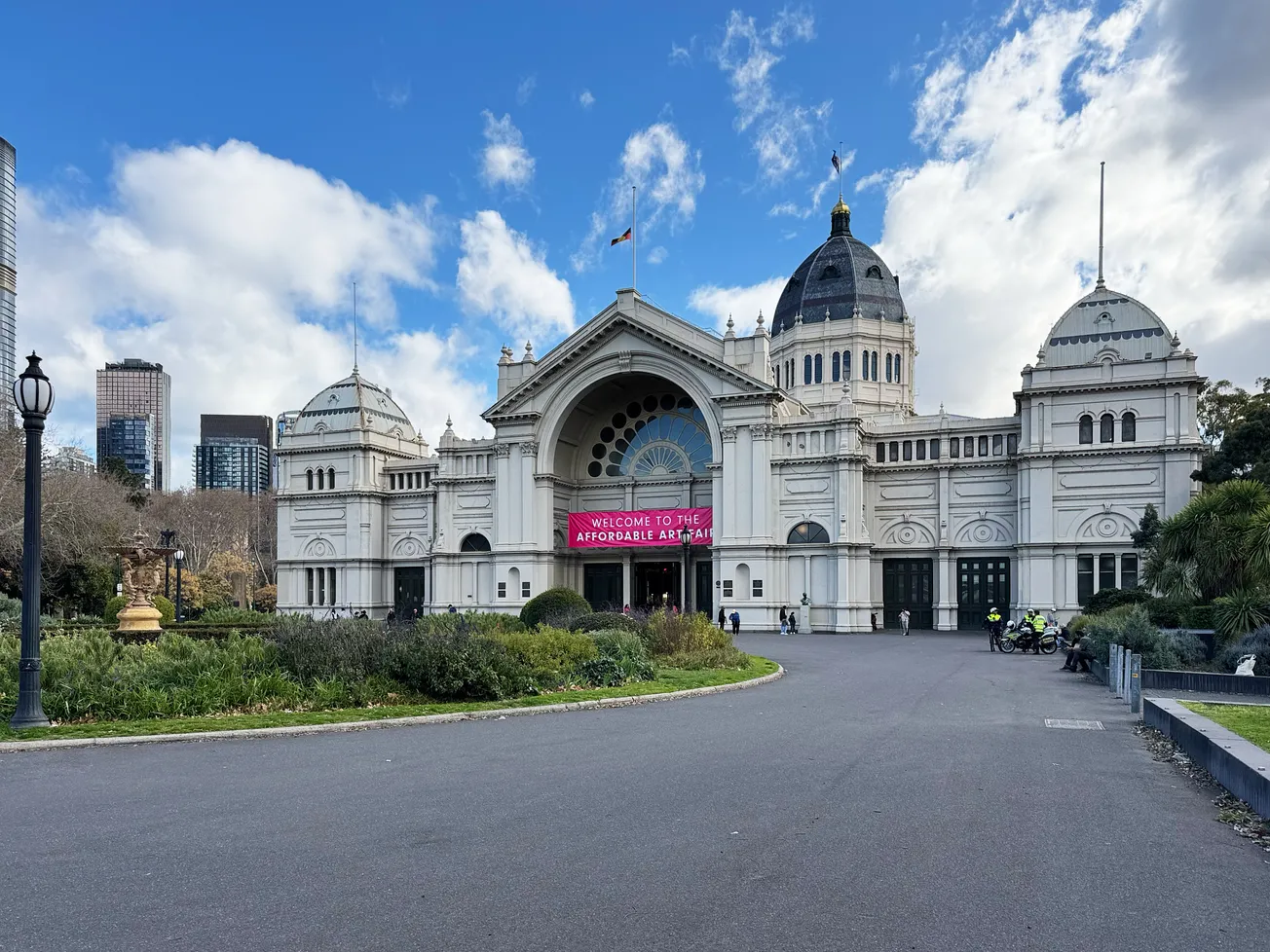Table of Contents
The Uncanny exhibition at the National Museum of Women in the Arts (NMWA) opens on February 28, 2025. This exhibition explores the idea of the uncanny through the work of nearly 30 women artists. With over 60 artworks on display, it examines themes of identity, transformation, and the unknown.
The exhibition includes paintings, sculptures, photographs, works on paper, and video pieces. Each work highlights how the strange and the familiar can exist together. Some of the notable pieces include:
- Laurie Simmons, The Music of Regret IV (1994): A female ventriloquist dummy sits among six male dummies, raising questions about identity and the uncanny.
- Remedios Varo, Tejido espacio-tiempo (Weaving of Space and Time) (1954): This surreal painting blends time and space, creating a mystical and dreamlike scene.
- Frida Orupabo, Two Heads (2022): A black-and-white collage repeats two heads, exploring themes of identity and self-reflection.
- Gillian Wearing, Sleeping Mask (for Parkett, no. 70) (2004): A hyper-realistic mask of a sleeping face creates an unsettling sense of unease.
Sigmund Freud introduced the term "uncanny" in 1919. He described it as the strange feeling that occurs when something simultaneously seems familiar and unfamiliar. Throughout history, artists have often shown women as eerie or mysterious, usually from a male perspective. The Uncanny exhibition reclaims this concept by allowing women artists to redefine the strange and unfamiliar on their terms.
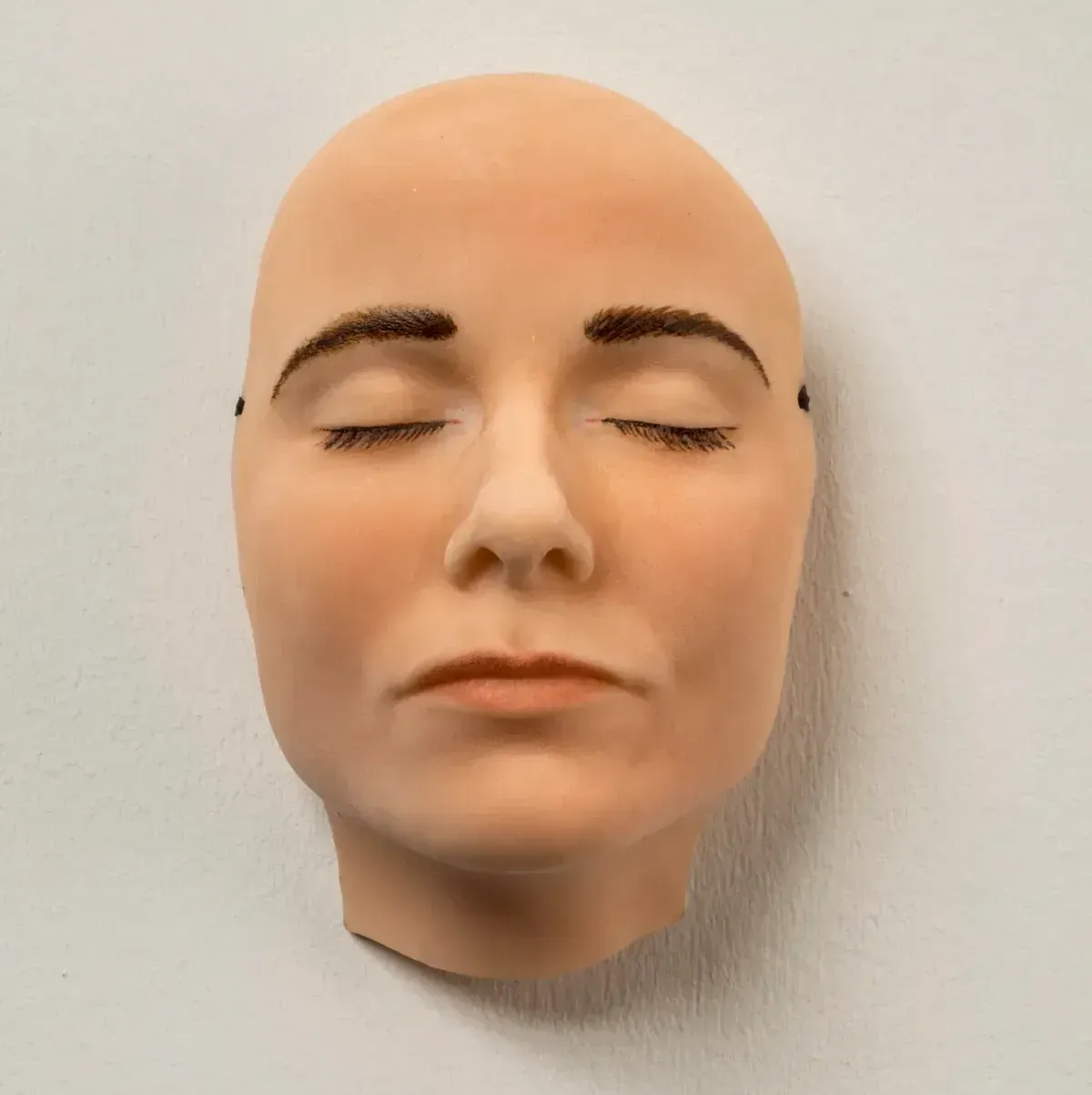
One of the featured artists, Remedios Varo, was a Spanish-Mexican surrealist known for her detailed, dreamlike paintings. Her work often includes gender-neutral figures placed in mystical, isolated settings. She challenges traditional ideas about femininity and self-identity. Another artist, Laurie Simmons, stages photographs using dolls and miniatures. She blurs the line between reality and artificiality, making viewers question how identity is created and controlled.
The exhibition focuses on several key themes, including surreal visions, unsafe spaces, and the uncanny valley. The uncanny valley describes the discomfort people feel when something appears almost human but not quite right. Each artist in this exhibition uses the uncanny to create emotional responses, challenge social expectations, and tell new stories.
As conversations about gender, identity, and representation grow, the Uncanny exhibition offers a fresh perspective. It encourages viewers to rethink the eerie and unfamiliar, inviting them to reflect on their own assumptions. The artwork asks visitors to reconsider what feels normal and explore how strange elements shape our understanding of the world.
The Uncanny exhibition runs at NMWA from February 28 to August 10, 2025. Visitors will have the chance to explore how women artists use mystery, surprise, and the unexpected to create powerful and thought-provoking art.

